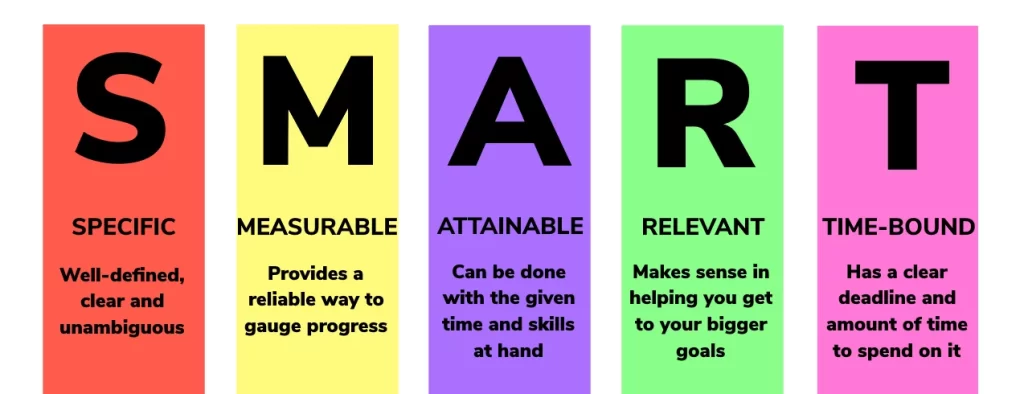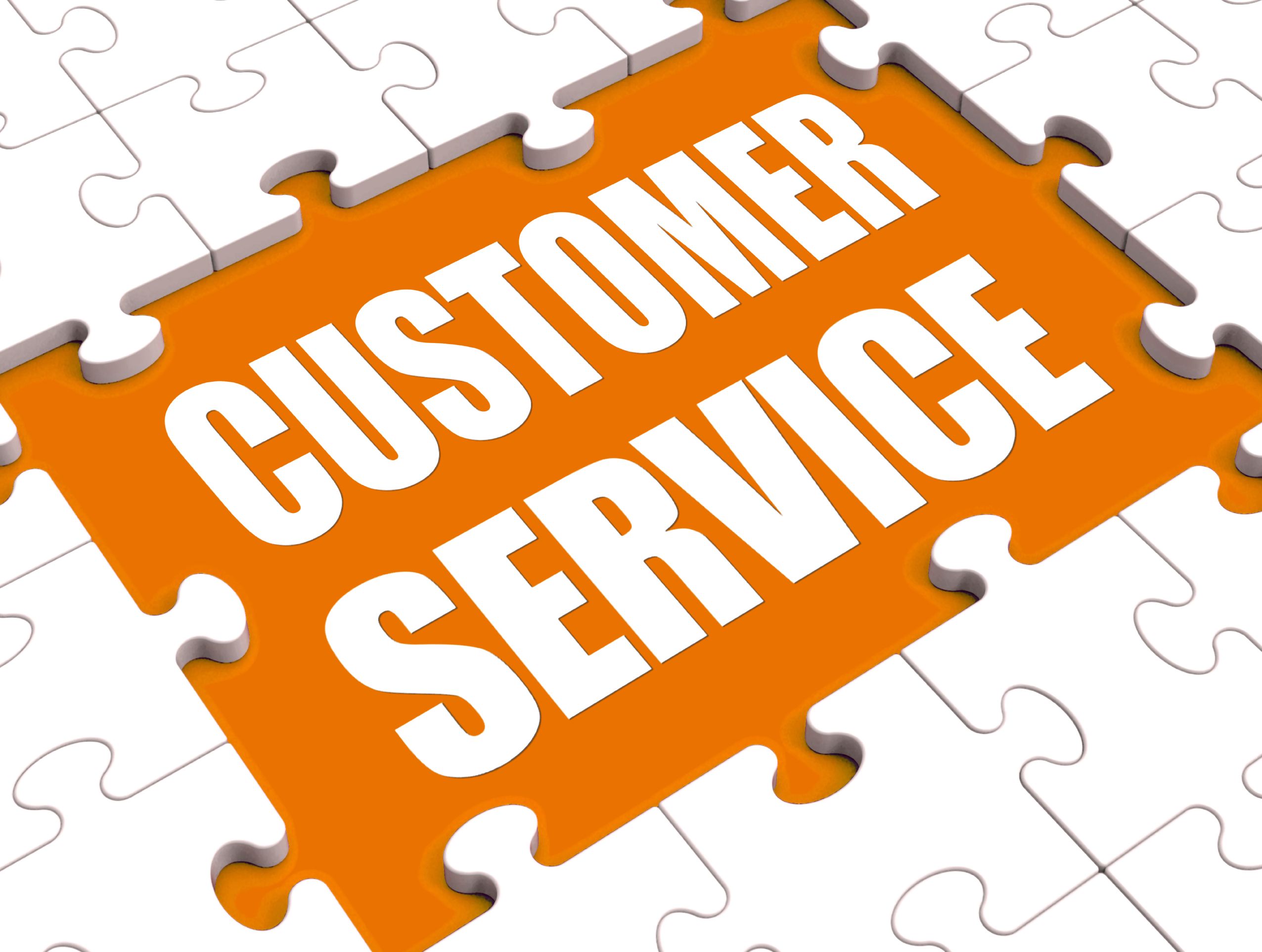Defining Effective Customer Service Objectives for Lasting Success
Delivering exceptional customer service isn’t just about answering questions — it’s about building relationships that drive loyalty, trust, and long-term growth. To achieve this, every business needs clearly defined customer service objectives that align with its mission, vision, and values.
Why Customer Service Objectives Matter
When service falls short, the results are costly:
- 92% of buyers say negative feedback impacts their purchasing decisions.
- Poor support reduces customer loyalty and trust.
- Unhappy customers are quick to share their bad experiences.
Strong customer service goals keep your team focused and accountable, ensuring that every interaction contributes to customer satisfaction and retention.
Setting SMART Customer Service Goals
The most effective companies rely on SMART objectives — goals that are Specific, Measurable, Achievable, Relevant, and Time-bound.
Instead of vague statements like “We want better reviews,” set a goal such as:
“By Q4, we’ll reach a 4.8-star average rating and achieve a 95% satisfaction rate.”
These goals provide clarity, structure, and measurable results that help your customer service team stay on track.

Aligning Goals With Your Business Core
Every customer service objective should tie back to your organization’s mission, vision, and values. When goals reflect what your brand stands for, your team delivers consistent service even during transitions or leadership changes.
Essential Customer Service Objectives
Here are some key objectives every business should consider:
1. Boost Customer Satisfaction
Keep customers happy through prompt service, open feedback channels, and continuous product or service improvement.
2. Improve Loyalty and Retention
It costs far less to retain customers than to acquire new ones. Use loyalty programs, priority support, and personalized communication to strengthen relationships.
3. Reduce Wait Times
Fast response times are non-negotiable. Track your first-response metrics and aim to minimize delays.
4. Promote Self-Service Options
Knowledge bases, FAQ pages, and AI chatbots empower customers to find answers quickly — reducing strain on your support team.
5. Increase Productivity
Use services like RoundAssist IT Helpdesk Support to centralize communication, automate repetitive tasks, and track key performance indicators efficiently.
6. Provide Ongoing Training
Regularly train your support agents on communication, empathy, and product knowledge to maintain service excellence.
7. Ensure Fast Issue Resolution
Quick and empathetic issue handling turns unhappy customers into loyal advocates. Tools like RoundAssist IT Helpdesk Support make it easy to manage and resolve support tickets fast.
8. Enhance Brand Reputation
Consistent, transparent communication and quick problem resolution strengthen trust and attract new customers.
9. Build Strong Customer Relationships
Prioritize personalization and proactive engagement. Understanding customer needs is the foundation of long-term relationships.
Implementing and Measuring Your Objectives
Defining goals is only step one — success lies in execution and measurement.
- Communicate objectives clearly to your support team.
- Train employees to meet these standards.
- Track KPIs such as satisfaction scores, response times, and resolution rates.
- Refine your goals regularly to stay aligned with evolving customer needs.
With RoundAssist IT Helpdesk Support, you can easily track customer interactions, monitor progress, and gain actionable insights to continuously improve your service quality.
Final Thoughts
Setting and tracking strong customer service objectives isn’t optional — it’s essential for growth. By focusing on satisfaction, loyalty, and efficiency, and using tools like RoundAssist IT Helpdesk Support to unify communication and streamline workflows, you can deliver the kind of service that customers remember and recommend.


